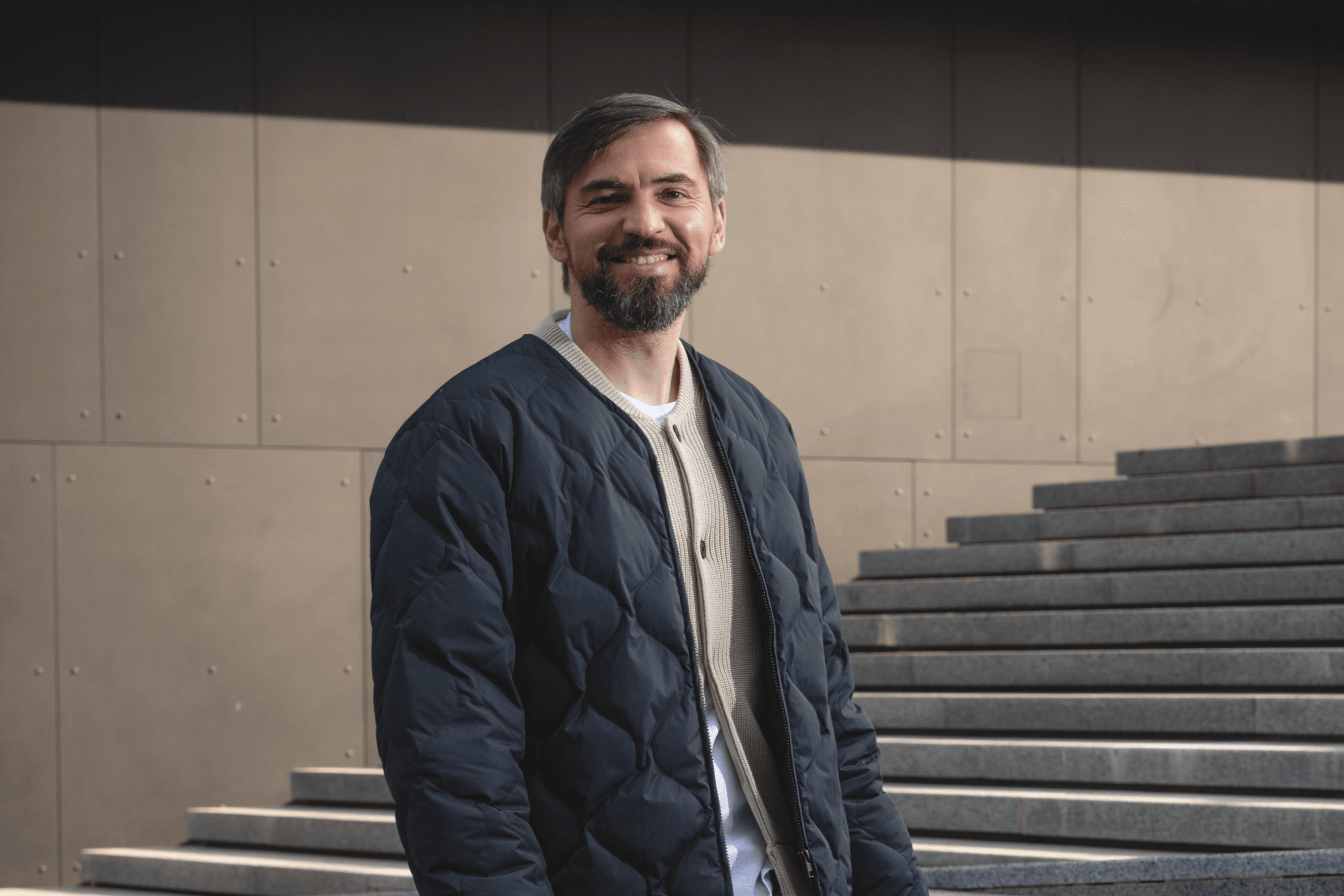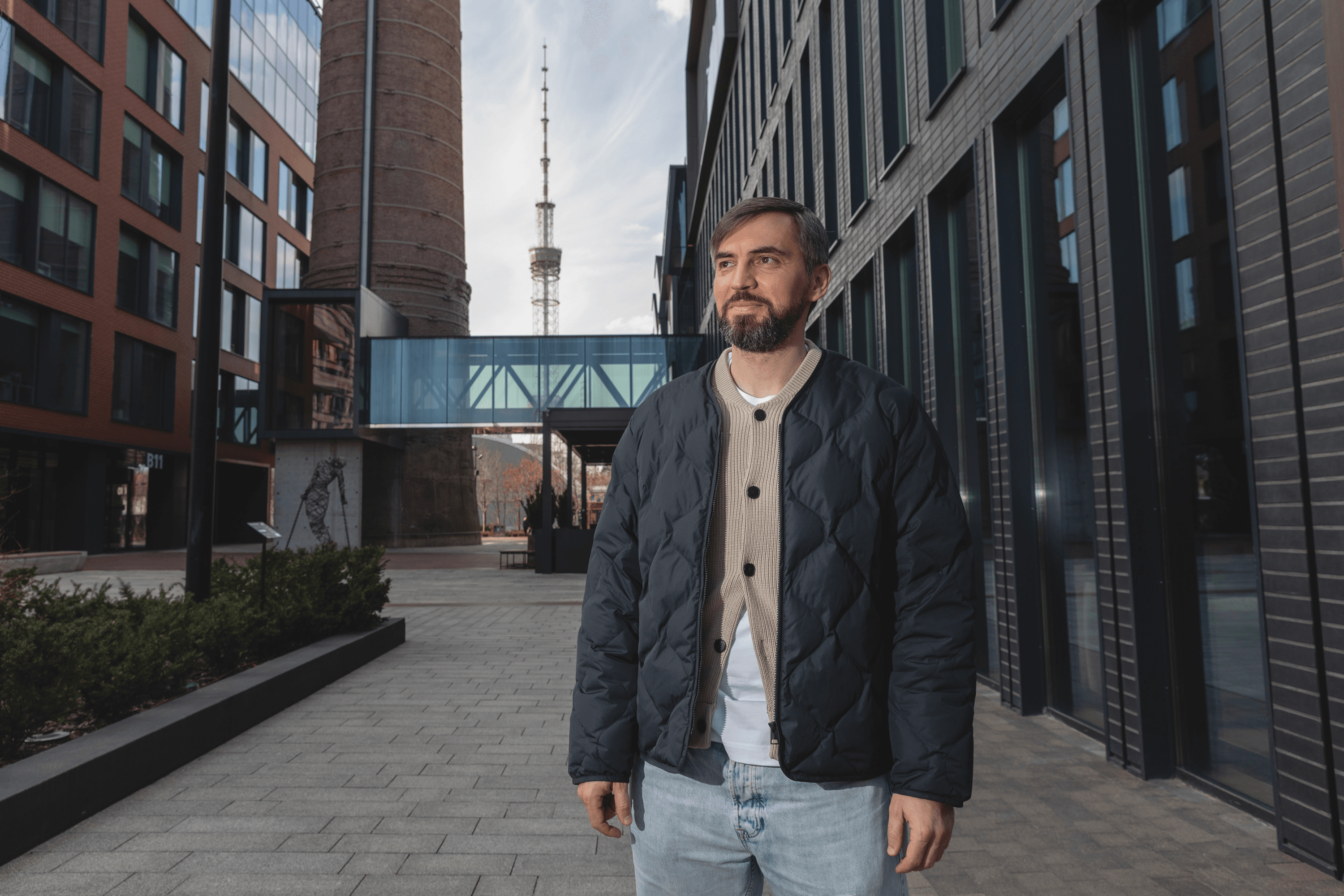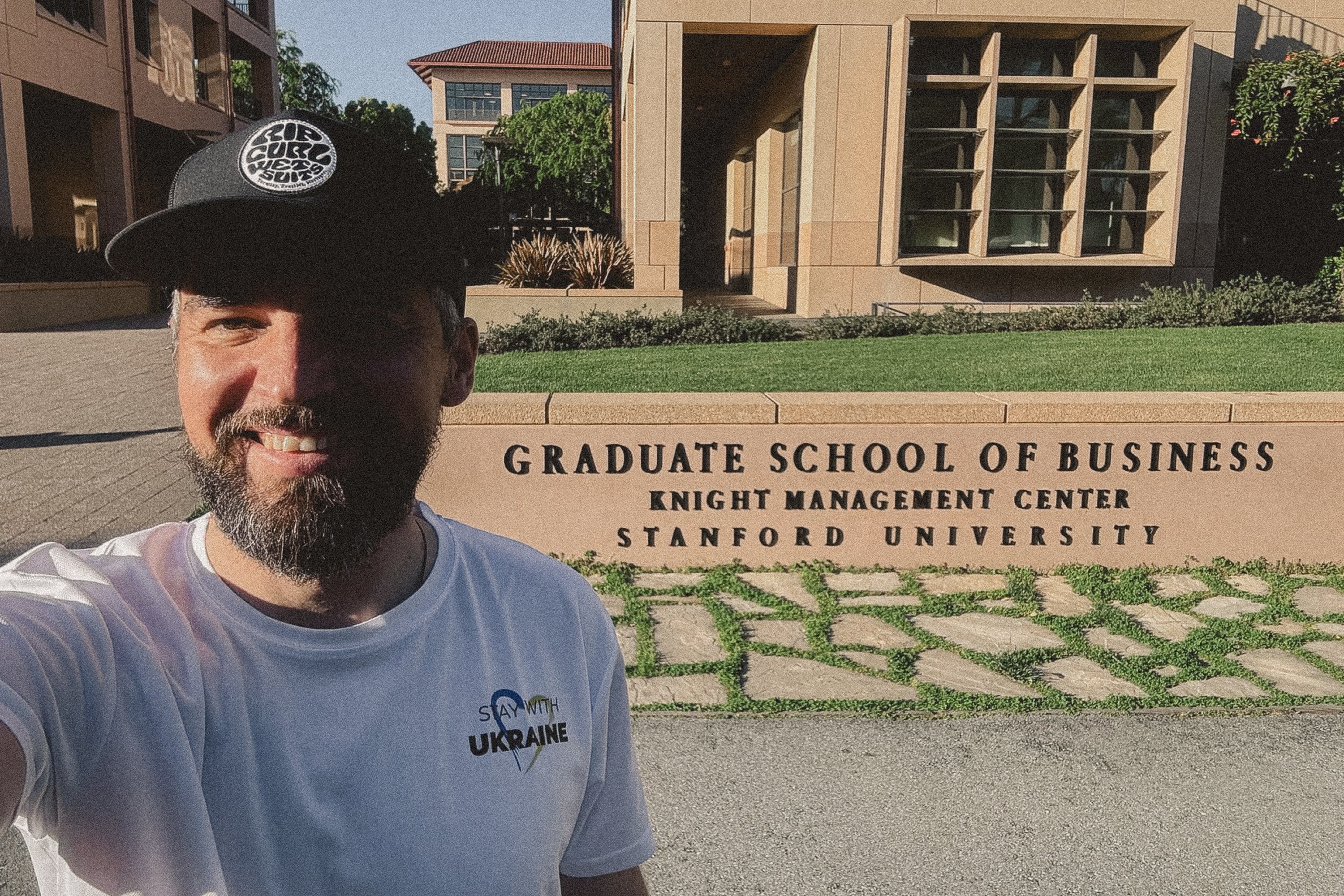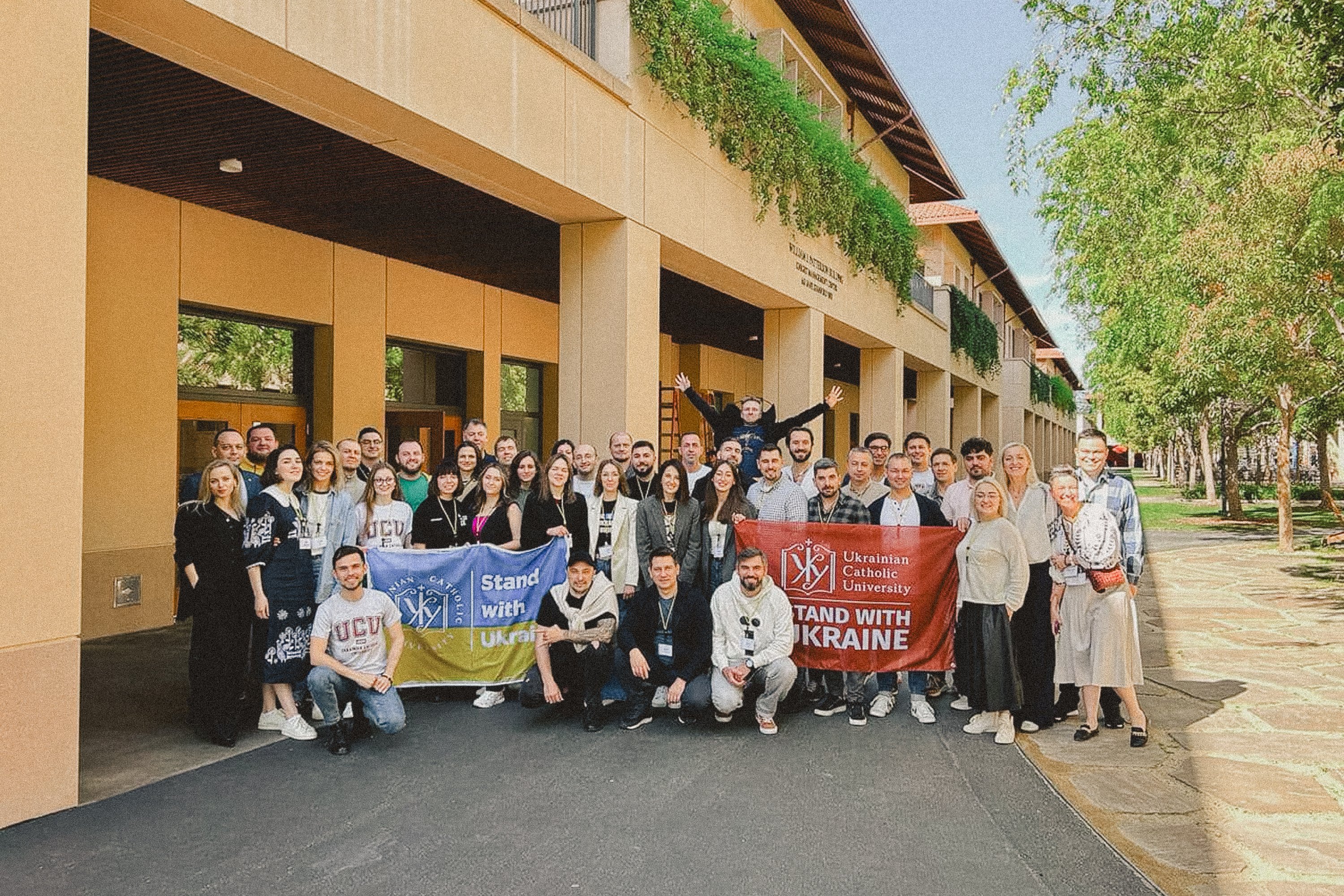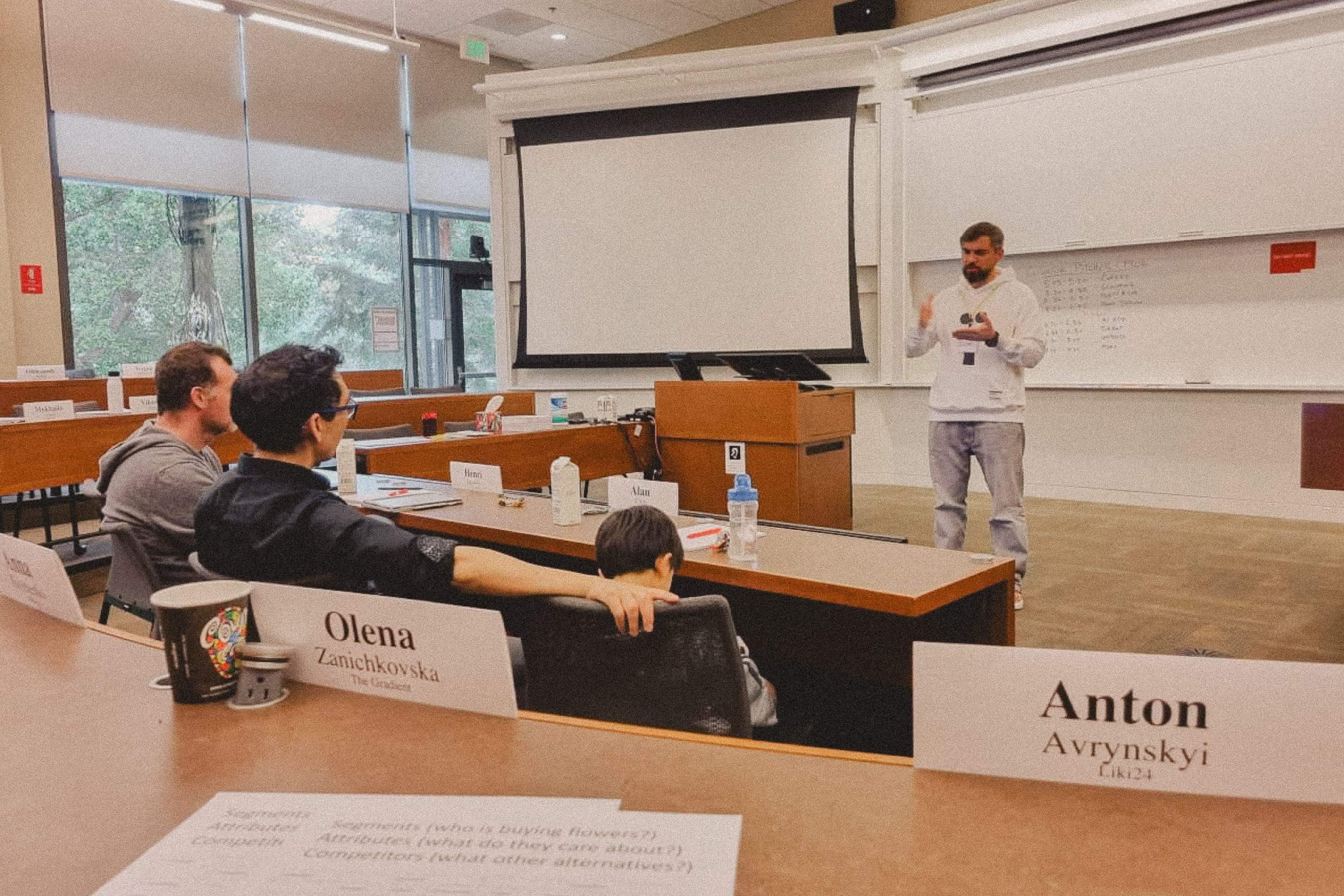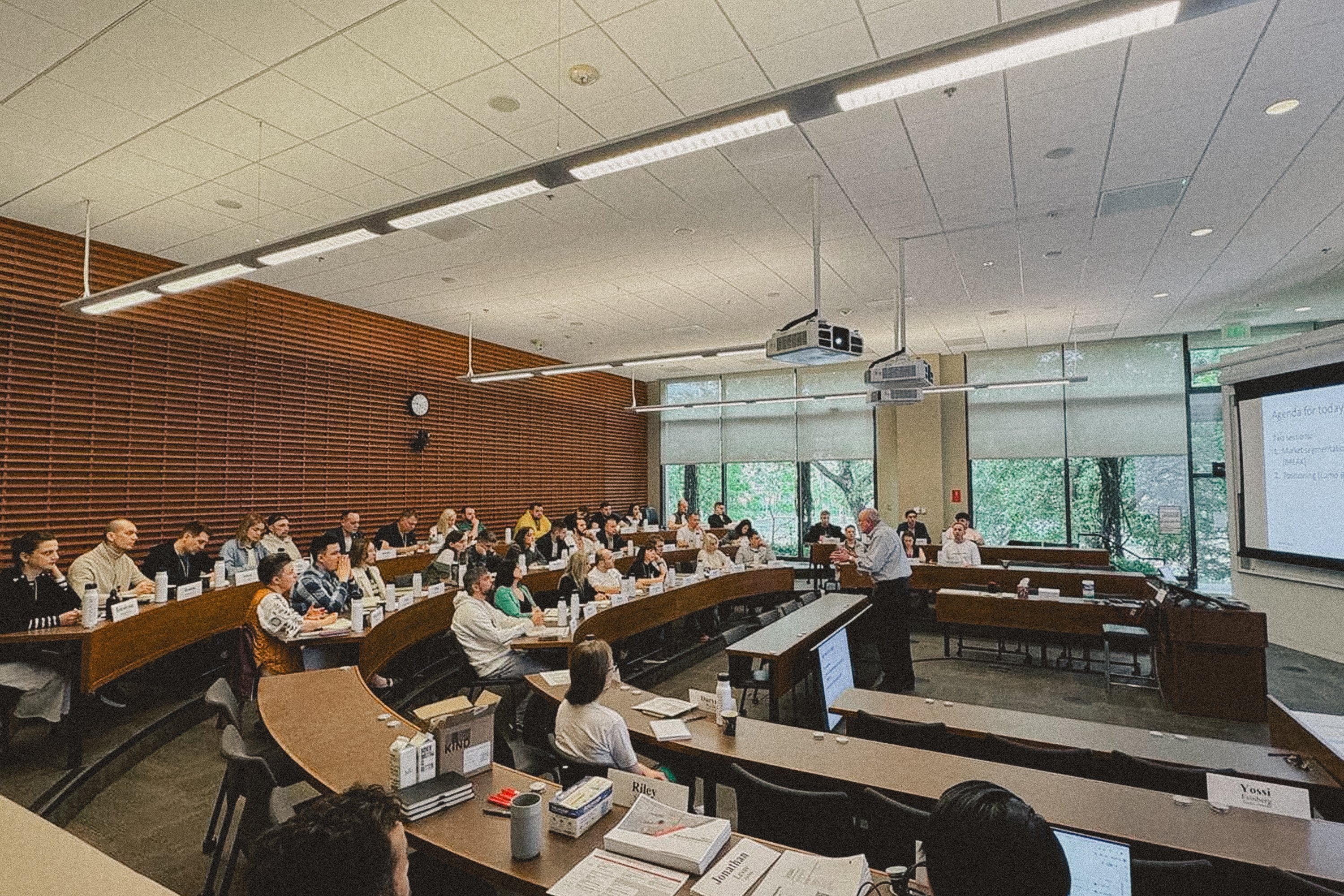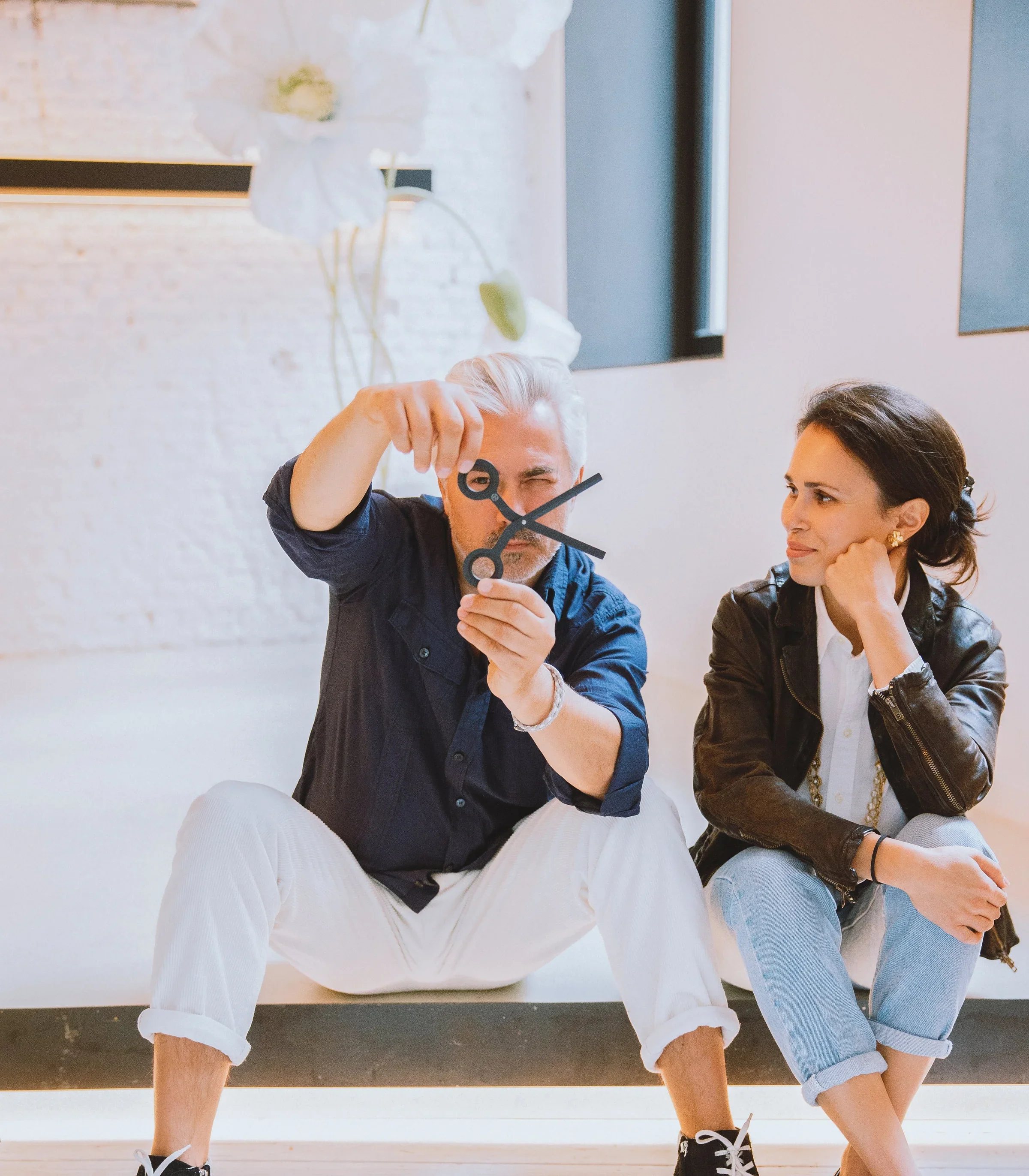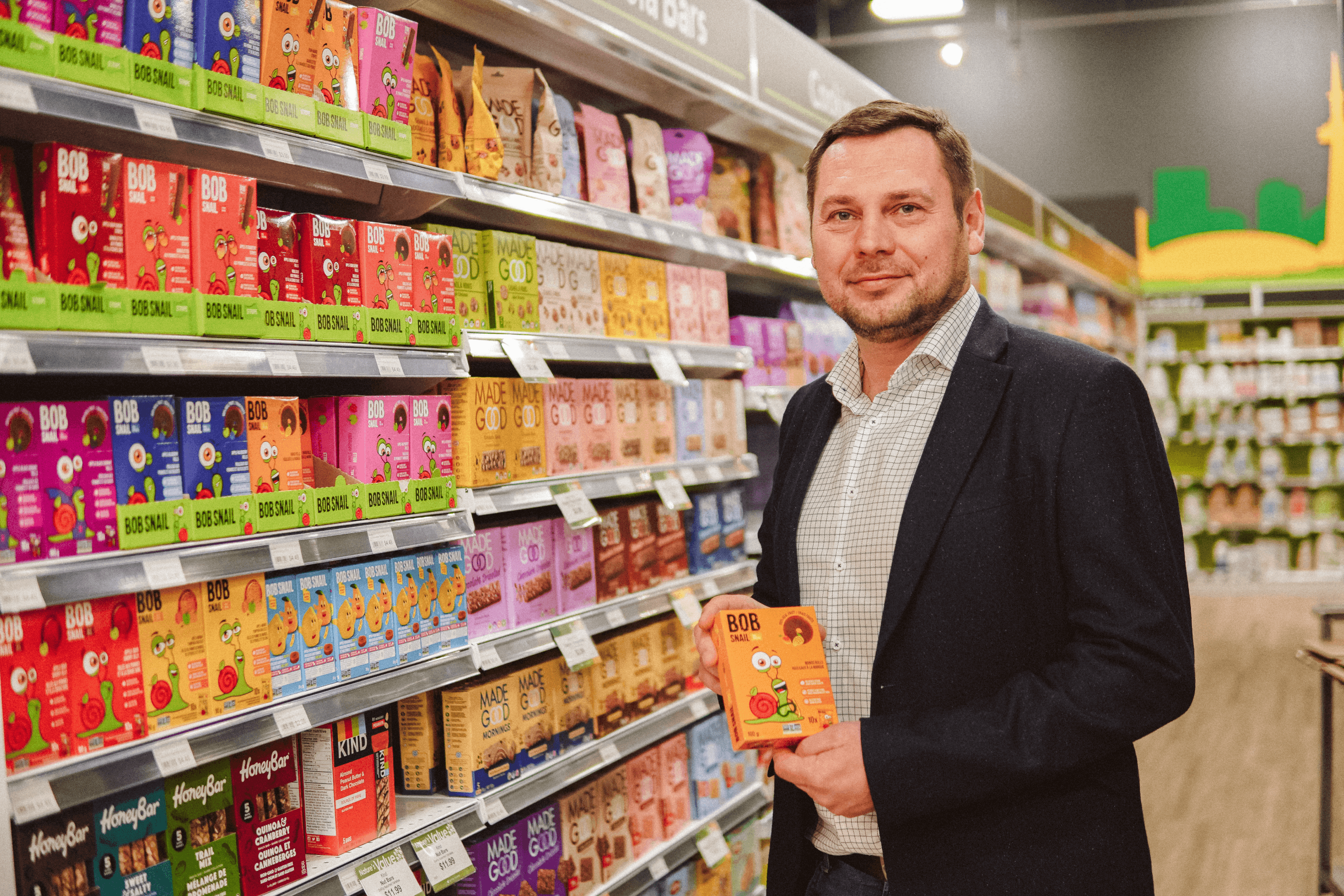Liki24.com is a Ukrainian healthtech startup that connects users with thousands of pharmacies for medication search and delivery. Launched in 2017 by five Ukrainian founders, the company saw a surge in growth during the COVID-19 pandemic, as lockdowns pushed more people to order medicine online. After the full-scale invasion, the company became critical in volunteer logistics — delivering medications to patients, pharmacies, and even the Commander-in-Chief’s headquarters. Since 2023, the company has been actively expanding its international presence. Liki24 now operates in Germany, Austria, France, Spain, Belgium, and the Netherlands. Italy, Germany, and Romania currently account for nearly half of total revenue, and the EU share of overall income has already surpassed 50%. In 2025, Liki24 aims to double its European revenue. Liki24 has also launched a new initiative — delivering health-related goods from Ukraine abroad, with over 10,000 shipments reaching European users already.
Anton Avrinsky, co-founder and CEO of Liki24.com, brings his consulting and product IT background. After February 24, 2022, Avrinsky and his team launched a volunteer logistics network, built three hubs in Khmelnytskyi within a week, and set up a centralized platform that has since delivered humanitarian medications to over half a million Ukrainians. YBBP journalist Masha Zhartovska sat down with him to talk about resilience, reinvention, and running a Ukrainian startup through war and recovery.
- Liki24 is a Ukrainian HealthTech company founded in 2017 by Anton Avrynsky, Sergii Fadieiev, Dmytro Liatambur, Sergii Kliebanov, and Volodymyr Zubenko. The platform connects users to over 13,000 pharmacies, helping them find the best prices on medications, place online orders, and receive fast, reliable delivery.
- In 2024, Liki24 expanded into six new European markets — Germany, France, Spain, Austria, Belgium, and the Netherlands — boosting its EU revenue share by 21%. Top-performing countries include Italy (17% of total revenue), with Germany and Romania each contributing 15%. Ukraine remains the company’s core market, accounting for 45% of overall revenue.
- Liki24 now serves more than 500,000 customers across Europe, and its websites and apps saw 14 million visits in 2024 alone. In 2025, the company aims to double its EU revenues. Alongside expanding its product catalogue — adding 50,000 new items in Europe and 7,000 in Ukraine — Liki24 launched a cross-border delivery service from Ukrainian pharmacies to the EU, with over 10,000 packages already shipped. Venture capital firm F1V estimates that Liki24.com and affiliated companies Lab24 and Nasnaga could be valued at up to $50 million.
Anton, who were the first investors in the Liki24 project?
In the beginning, the five of us, I and the other four co-founders. We relied solely on our own money for nearly the first two years. Raising outside capital wasn’t even considered at that point. We genuinely believed we could build a profitable, scalable business organically without venture funding. Honestly, we didn’t even fully understand how the venture model worked back then.
Today, beyond running the business, one of my goals is to support other entrepreneurs. I share my experience to show that it’s possible to start a business without big money — using your own resources, bringing in investors gradually, and eventually expanding internationally. It’s absolutely possible and it’s worth doing.
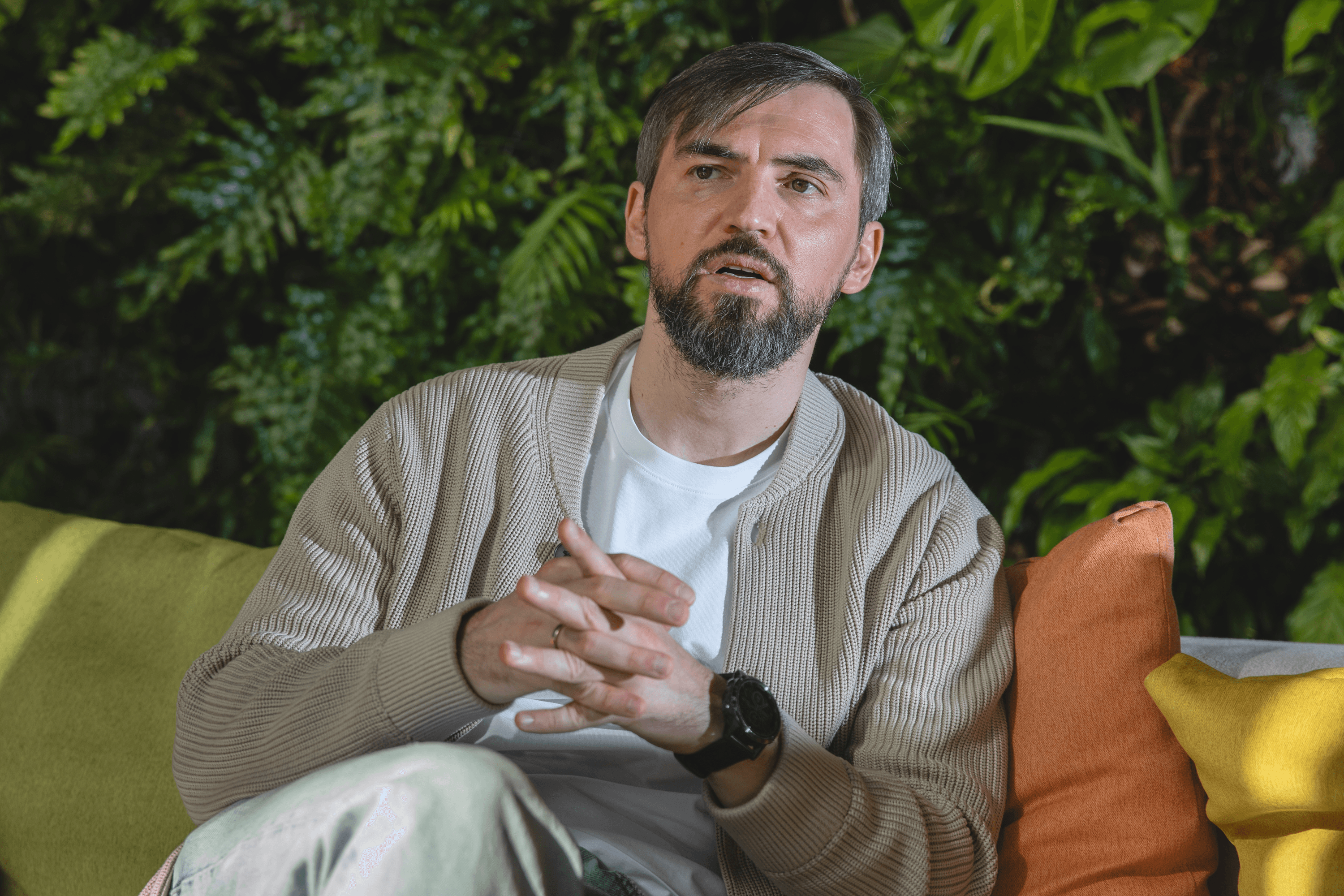
What could you fund with your own money, and at what stage did you bring in an investor, or did they approach you?
We never actively approached investors, and that’s actually an important point. About a year after we launched, an investor reached out to us. It wasn’t a huge amount, but enough to keep us growing. We were close to breaking even and continued to scale actively.
In 2018, we entered the startup competition at IT Arena, and I always recommend it to other entrepreneurs. We won the whole thing, earning the title of the No. 1 startup in Eastern Europe out of 150 competitors. That moment opened doors. Institutional investors started coming to us, including VC firms like TA Ventures and Flyer One Ventures. Around six months after that win, we closed a $1 million funding round.
I’ve noticed that Ukrainian businesses often run into two common issues when entering foreign markets: mistrust of local institutions that are supposed to provide support, and attitudes like “you’re from Ukraine, there’s war and uncertainty, so please prepay everything just in case.” What advice would you give to entrepreneurs entering foreign markets or looking for investors?
My advice is to focus on building a business that’s designed to grow and generate revenue. Often, the focus shifts: people start building businesses “for investors”, showing impressive growth metrics without a solid financial model. But investment should be a tool to strengthen the business, not the goal itself.
Second, focus on consistency. There’s a good saying: “Build a business not to sell it, but so that someone wants to buy it.” If you’re building something meaningful and doing it right, investors will find you.
Also, be strategic about the country you choose for market entry. From our experience, it’s better to start in countries that take a neutral view of Ukraine. A market that seems overly supportive can give you a false sense of success, while a negative one may create unnecessary barriers. Take Poland, for example, where attitudes toward Ukraine change from friendly to rather critical. In Romania, the attitude is neutral. There’s no emotional backdrop, which makes it an ideal environment for testing a business model. The same goes for Italy — the general attitude there is calm and steady.

But from the perspective of Ukrainian business, entering Poland seems like the most logical step.
That’s what everyone says — and honestly, I used to think that too. But I’ve started questioning why we treat it like an absolute truth.
Well, it makes sense, doesn’t it? There’s a big Ukrainian community there.
That’s exactly the problem — it can actually work against you.
In 2022, you entered the Polish market, but it didn’t work out. Why?
Because we also relied on false assumptions. We thought, “Poland has a similar mentality, it’s close by.” Yes, it’s convenient logistically. But if you’re serious about building a global company, the actual location doesn’t matter much. Whether it’s Poland, Italy, or Germany, you can be in Berlin in under an hour once you get into Poland. And the similar mentality argument is also a myth — Poles are very different.
We used to assume Ukraine was the bigger market, but that’s changed. Our populations are now roughly the same, and so are the markets. For context: the health product market in Ukraine is worth around $4 billion. In Poland, it’s $9 billion. But in Germany — $54 billion. That means Germany’s market is 13 times the size of ours. Even a tiny share of a market that big is significant. There’s just much more room to grow. We entered Germany in 2024, and within just six months, it outperformed nearly all others combined. Today, Germany and Italy make up 60–70% of our total European revenue.
You invested around $500,000 in the Polish market. Looking back, what would you say was your biggest mistake?
First of all, we entered the market with a Ukrainian team and didn’t hire local experts except for some operations roles. Essentially, Ukrainians from Ukraine were trying to build a business in Poland without fully understanding the local context. Second, it was the peak of COVID-19, we couldn’t physically travel or be there in person.
We assumed that what worked in Ukraine would work in Poland. Poland was our first foreign market, and we didn’t realize that operational processes, marketing, and customer acquisition all needed to be localized. We didn’t know there was another way, and not just copy-paste.
Our biggest mistake was jumping in with a full investment too early. We put a lot into operations before running enough tests. Eventually, we learned the hard way that everything should start with small, smart experiments. I call it the “stream principle” — a stream finds the optimal path, avoids obstacles, and adapts. That’s how young companies, or even experienced ones entering a new market, should operate: like a startup.
In 2024, Italy, Germany, and Romania became the main drivers of your company’s growth, accounting for nearly 47% of revenue. What made you consider Romania, considering it’s not an obvious market for Ukrainian businesses?
Our focus on these markets was research-based. Thanks to our partners at Flyer One Ventures, they brought in a strong analyst with McKinsey experience who evaluated 100 countries and shortlisted the most promising ones for us — Poland, Romania, Italy, and Portugal.
We also came to an important insight, something we didn’t see right away. It’s how different countries treat protecting their domestic brands. In Poland, for instance, almost all major retail chains are local: Biedronka, Zabka, local pharmacies and fuel stations. This shows the strong support for its own business.
Romania, on the other hand, is very different. The top gas stations there are Hungarian, the pharmacies are Czech, and most supermarkets are French or German, like Carrefour and Lidl. In other words, foreign brands dominate in many key sectors. That’s partly because the internal market is smaller, and building powerful domestic brands is harder. But this is a key insight: foreign companies face fewer barriers and can grow more easily in countries like this.
Maybe if we were launching today, we wouldn’t start with Romania, even though it’s working well for us, just because of its relatively small market size. It might have made more sense to choose larger markets right away. Still, there are no absolute “right” or “wrong” countries. The only reliable strategy is to test. Launch your product, see the reaction, and don’t spend too much time overthinking it.
Of course, at the first stage, we check the basic risks, like legal restrictions that might block your operations. If there are restrictions, we don’t go into that market. Over time, we’ve adapted our launch model: instead of hiring a team right away, we run a marketing test, check the response, and only then scale.
In Italy, the market seems quite conservative. Delivery services only started expanding during the pandemic, when restaurants finally jumped on board.
That actually worked to our advantage. Italians weren’t yet used to delivery platforms, and Liki24 isn’t really a delivery service in the usual sense anyway. Liki24 focuses primarily on two key things. First, we give people access to products that are hard to find, especially in small towns where pharmacies and retailers are scarce. Second, we offer these products at competitive prices. Our assortment now includes not just medications, but a full range of health-related goods — hundreds of thousands of SKUs. Sure, we have a quick delivery option from local pharmacies, but that’s not the point. The real value is in meeting needs that no one else is addressing.
Have you ever run into confusion in other markets about what exactly you offer? Was it tough to get people to understand the value? I remember mentioning you in Canada, and the first reaction was, «Why bother if we already have Uber?»
Yes, “Why do we need this?” is a classic response. We’ve faced that kind of reaction from the very beginning. But it all comes down to customer acquisition. You’ve got to test different approaches until you find the right formula that works for you. Last year, I studied at Stanford, and the most valuable thing I learned came down to two words. Steve Blank said in one of his lectures, “Young companies need to find a repeatable and scalable business model.”
The same applies when entering a new market. You’re aiming to scale, but you’ve got to know what exactly you’re scaling, who your customer is, and how you’re reaching them. Once you’ve figured out that triangle, the “why would anyone use this?” question stops coming up.
Say you have a customer, a woman in a small town, for instance, who’s trying to find a specific product and it’s nowhere to be found. And then we show up and say: “We’ve got it.” She gives it a try, then starts browsing and goes, “Oh, what else do they have?” And from there, our sales funnel takes over.
Could Uber be seen as a competitor, at least indirectly? How do you compete with pharmacy delivery services in Germany? Where do you focus your efforts?
We’re playing in a different league, in a different niche. There are three main types of competitors we deal with. Let’s take the typical customer journey: someone has a need or problem. And then they have to choose to go to a local pharmacy, or shop online, maybe at a drugstore or through an e-commerce site? If they chose an offline pharmacy, we’ve lost that customer. In the online space, we compete with physical pharmacy chains that have online platforms, as well as with pharmacy delivery services. Our advantage is our wider selection, because we’re a marketplace that brings together 13,000 sellers. That gives us an almost limitless catalogue. In Europe, it’s not just about ordering locally. People can compare prices across borders and choose products from other countries. That kind of flexibility is something very few competitors can offer.
From Ukraine, you mean?
No, we don’t deliver from Ukraine to Europeans. We do offer a separate option where Ukrainians living in the EU can order products from Ukraine, but that’s not part of the core service for European customers. In the EU, the system is borderless. So if you’re looking for, say, vitamin D, you might see: you can get it in Germany tomorrow for €30, or order it from Poland for €20 and wait three days.
If you’re willing to wait, you save money. Competitors just don’t offer this kind of flexibility. Most of them stick to local delivery: €30 from the nearest pharmacy, maybe €35 or 40 or even €28 elsewhere — but all from within the same country. Strong local players and pharmacy chains are running their own delivery services. We compete with them, but we’re comfortable competing because we offer a much bigger range.
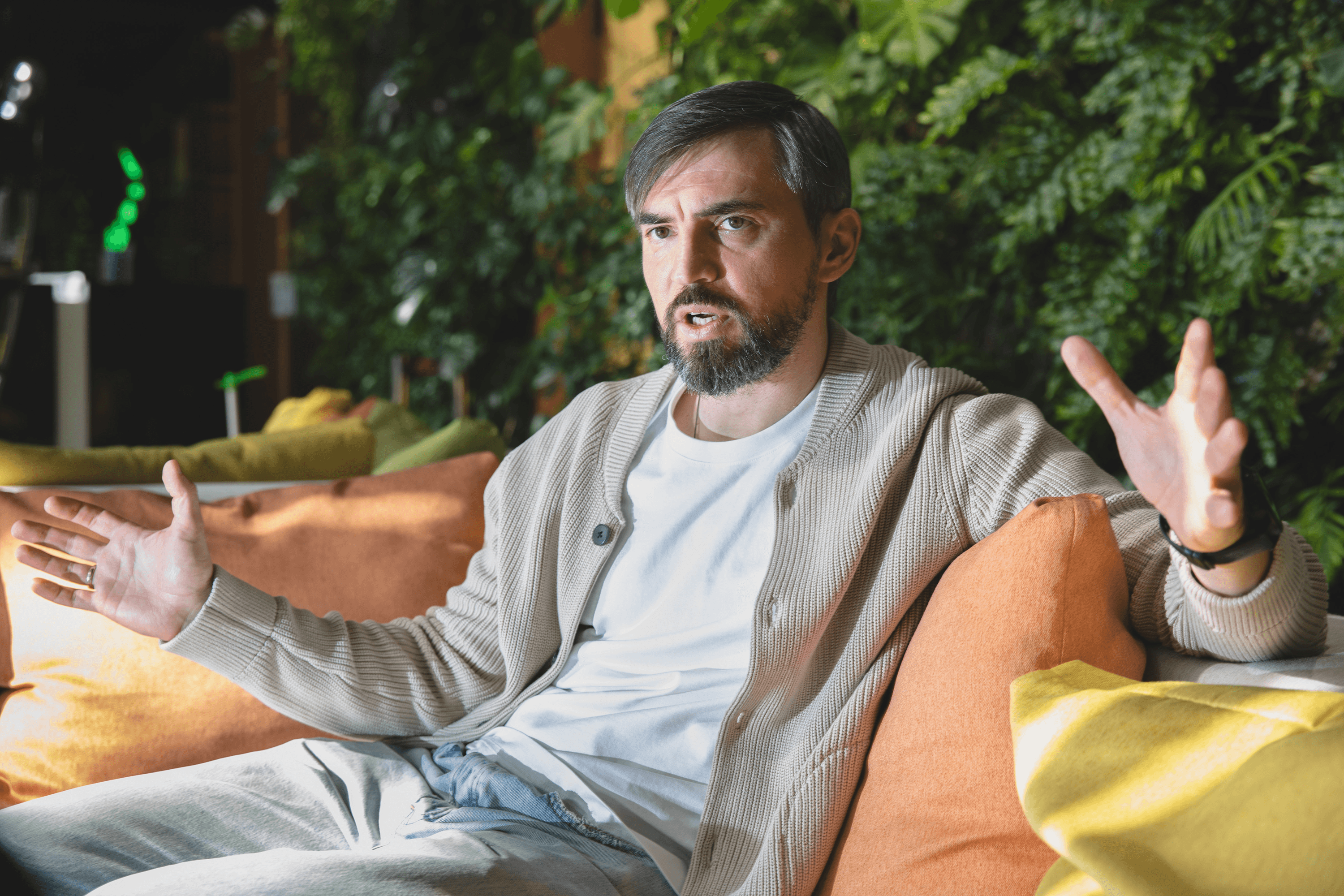
Do you track customer behaviour on the website?
At first, we analyse how people interact with the site — what they search for, where they pause, what they click. Then we start guiding them, showing them, “Hey, we’ve got this too.”, or “Here’s something else we can help with.” We take the lead and walk them through. That’s where our life cycle management kicks in — we don’t just make a sale, we continue supporting the customer. Right now, our customer loyalty is quite strong — 52% of all orders come from returning customers. And that’s consistent across all nine countries where we operate.
What kind of marketing works best for bringing in customers across Europe?
We use performance-based tools: advertising on Google, Meta (Facebook, Instagram), CPA networks. We also use tools like Google Search, Google Shopping, and even TikTok, but in a very targeted way, as well as various affiliate programs. We stick to performance marketing, which delivers measurable results.
What else creates a wow effect in your offering?
For starters, we offer a huge range of health products — everything people might be looking for, including rare or non-standard items that aren’t available from other sellers or platforms. Second, we’re a data-driven company: we pull in product listings from sellers across multiple markets, giving customers options — get it fast and pay more, or wait longer and pay less. Third, we make it possible to order everything in one place: same-day delivery, next-day delivery, or cheaper delivery in a few days — all in one system, which is very convenient. Our customers often call Liki24 a “One Stop Shop for Health Care Products.” This means everyone can find a solution that fits their needs — urgent, budget-conscious, or rare product searches, that’s how we’ve got every use case covered.
Does being a Ukrainian company with a Ukrainian name affect how customers perceive you?
To be honest, the only place we’ve ever heard that raised was Poland, and even there, no one said it directly. I think most of our B2C customers don’t even realize we’re a Ukrainian company. They just see a solid, trusted platform. It’s like with Bolt — most people don’t know it’s an Estonian company. If you asked a regular Bolt user in Portugal where it’s based, they’d probably have no idea.
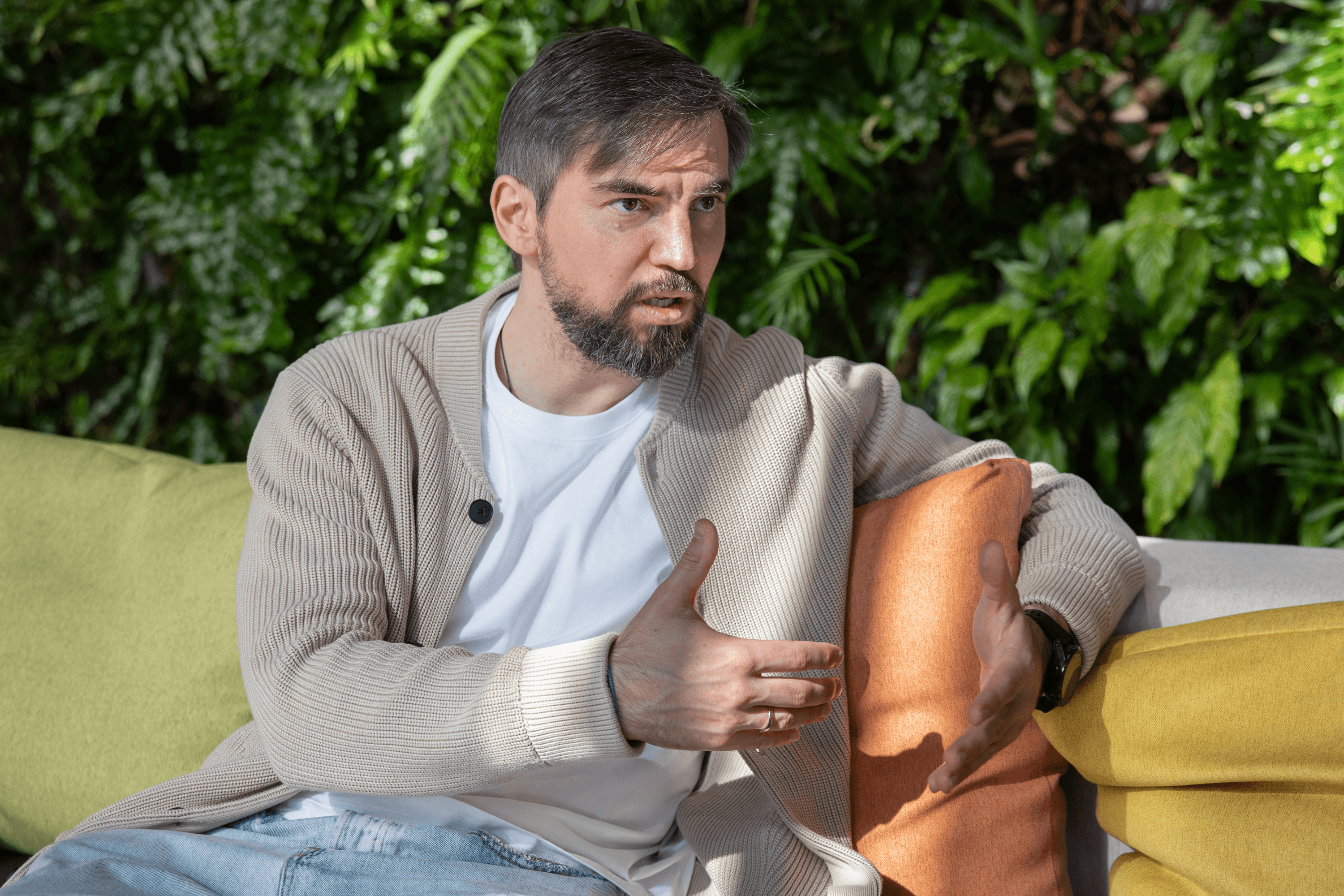
People often ask me whether we should consider rebranding for international markets. I’m not saying we’ll never test a different name in specific markets, but for now, I love that our name proudly connects us to Ukraine. I think it’s part of our identity — and I’d like to keep it that way.
We’ve interviewed Maryna Starodubska, who wrote the book How to Understand Ukrainians. She explores national mentality. Do you research cultural mindsets or cross-cultural dynamics when entering new markets?
I won’t say we do something that we don’t. But what we really do is testing. And in our experience, testing always outperforms theory. The more time you spend reading reports, the more you risk becoming limited by the conclusions instead of real-life facts.
One of the best decisions we made from day one was to never frame our product as «for Ukrainians living abroad.» That was fundamental. Because if you go into, say, Poland thinking, “There are lots of Ukrainians there — let’s start with them,” you immediately restrict yourself to a very narrow audience. Even a million Ukrainians isn’t much for a large market. What’s worse, you start shaping your product around that group, and it’s unlikely the same approach will work for both Ukrainians and locals. We’ve taken a different approach: from the start, we said we’re building for locals, and we’ll adapt to them.
How do you find partners?
It’s not easy, especially the B2B part. In B2C, everything depends on you — you can innovate, run ads, build a great UX. In B2B, it’s a different game. It’s all about negotiations and even before that, just getting in the door. That’s why having local people on your B2B team is so important. We tried working with Ukrainians abroad — didn’t work. So now, when it comes to partnerships, we hire only locals.
Every market is different. Right now, about 30% of our team are non-Ukrainians who don’t speak Ukrainian, and certainly not the occupiers’ language. We don’t need full-scale teams in every country anymore. A lot of our operations run through our Romanian hub, but we’re still bringing on local experts for specific tasks where needed.
How big is your team?
We’ve got over 200 people working with us — full-time, part-time, freelance, you name it. There’s also the Core Team — around 50 people focused on the product itself, and this number stays pretty stable.
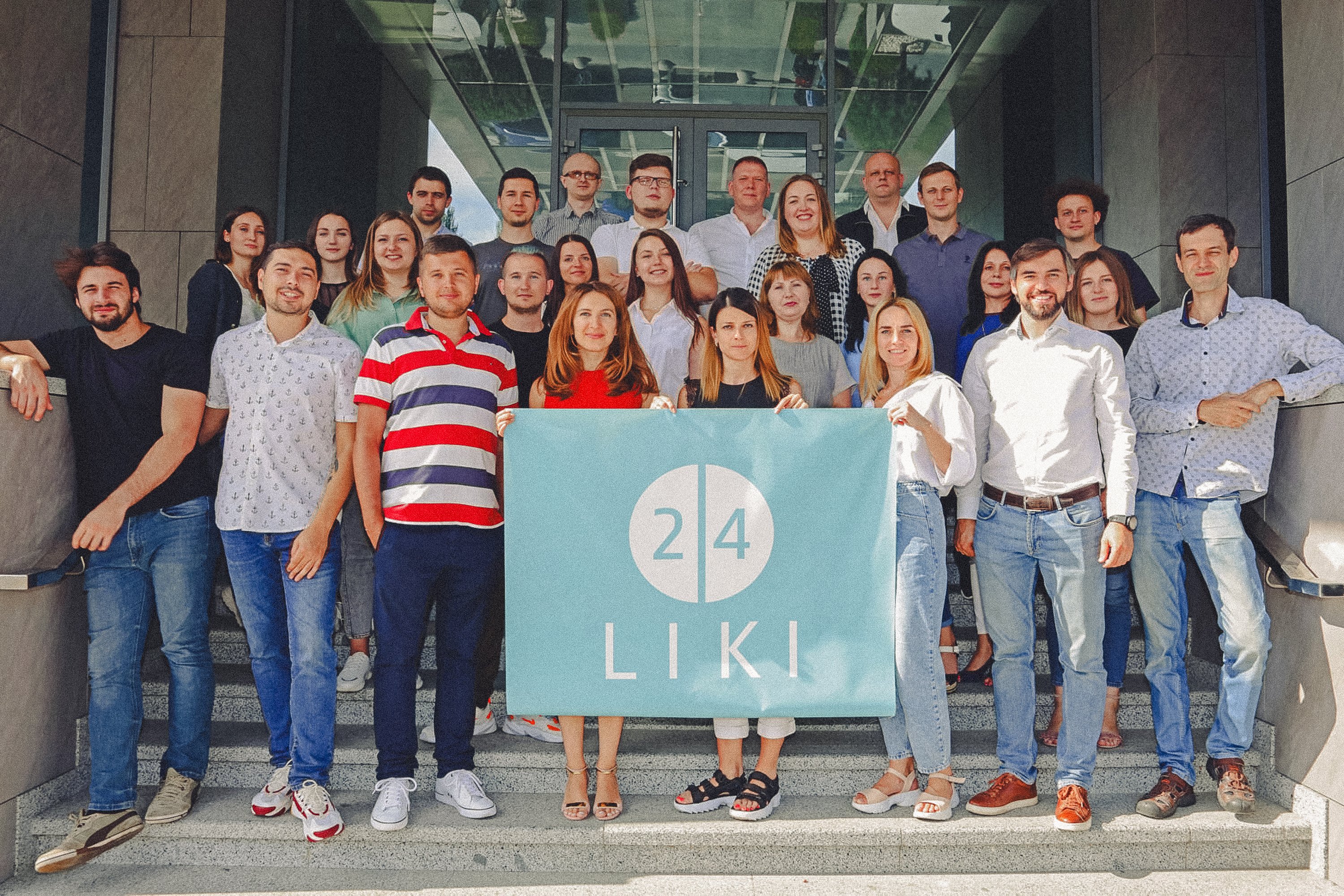
Poland cost you about $500K. Which market turned out to be your toughest, most expensive or most regulated market so far? And which one was the easiest and cheapest to get into?
I won’t get into exact figures, but we spent quite a bit on our early markets — Romania and Italy. Poland was a tough one. We poured in a lot of money and eventually had to halt operations there. We’re back now, but not as a demand market, but more on the supply side — sellers are active, but we’re not relaunching it for end-users just yet. We want to finish rolling out in other Western markets first.
Customer acquisition in Western Europe is more expensive — Germany and Italy are about the same in cost, and both are pricier than Romania. However, revenues from those countries are much higher, stronger unit economics, so that’s where we focus. Since 2024, we’re launching in new countries faster and more affordably. Our most recent markets became profitable in just 2–3 months. It’s not explosive growth to millions yearly, but steady, scalable, and sustainable.
When it comes to regulation, we’re now able to operate in most EU countries without major restrictions. We only handle prescription meds in a few select markets due to complexities around payment and insurance. That’s why it’s not our main focus — we concentrate on over-the-counter products paid directly by customers. Regulations around those are pretty consistent and aren’t much of an issue.
You invested about $100,000 to enter Germany — that’s just a fifth of what you spent in Poland. But Germany has a reputation for being a tough, conservative market.
That was our experience. Back home in Ukraine, we offer all kinds of delivery services — ultra-fast options, scheduled deliveries, different courier types, different postal providers. When we went to Poland, we tried to bring all of that with us. The idea was: if we’re launching, we need to launch everything.
But when we entered the Romanian market and adopted the “repeatable and scalable” approach I learned at Stanford, and later applied it to Germany, we decided: “Let’s test and find the one service we can launch most easily and scale quickly.” We picked just one of the ten possible options and focused entirely on it. Here’s my advice: focus, pick one thing. Don’t try to roll out everything at once, there’s no need to launch all 250 possible services right away. Start with one.
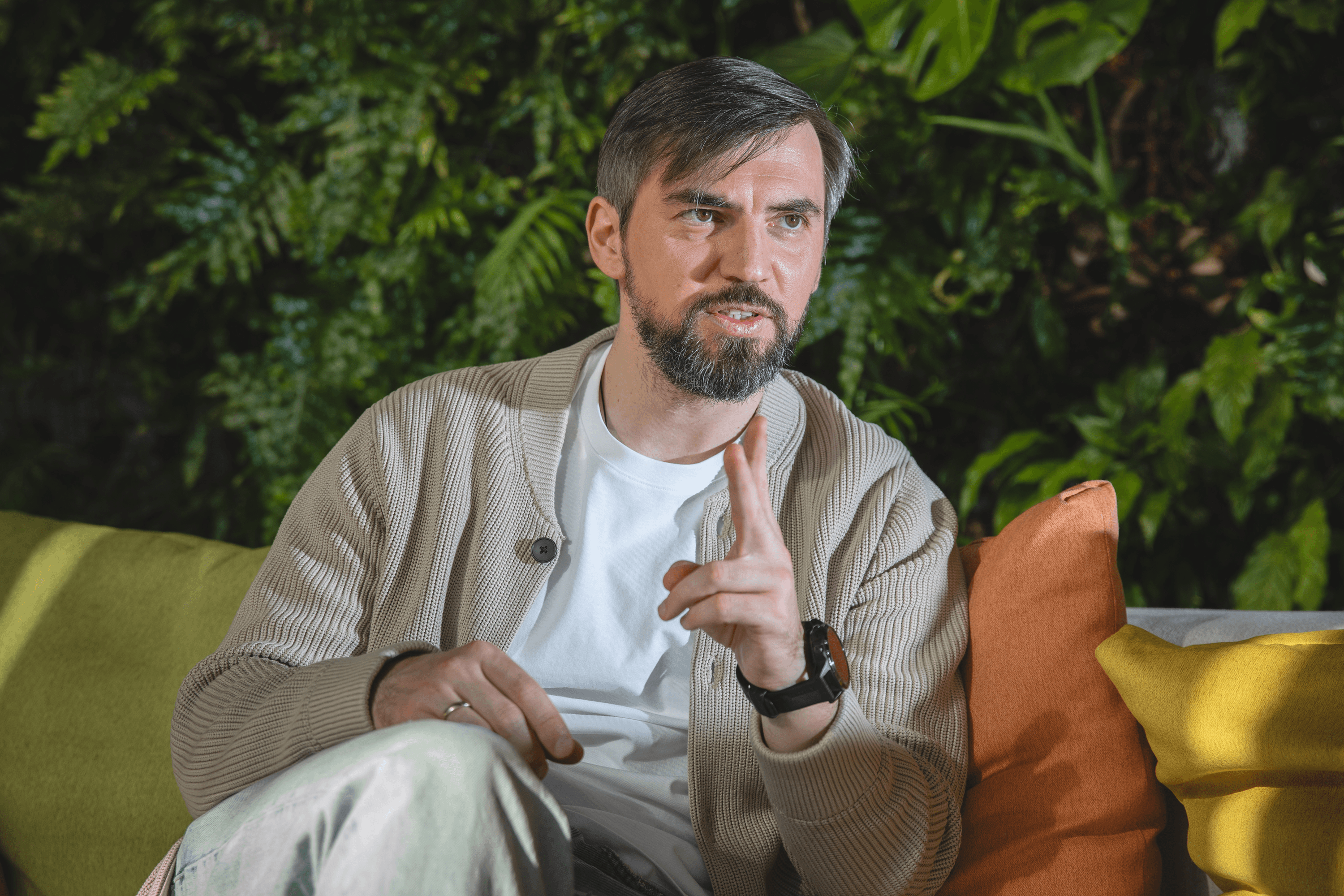
How does the average bill in Europe compare to Ukraine?
On average, Europeans spend nearly twice as much as in Ukraine. To be fair, that’s mostly true for Germany. Across the EU overall, the average order is not quite double, but about 70% higher than in Ukraine.
Have you looked at expanding into Canada or the U.S.?
We have — and like many founders, we used to put a lot of mental blocks in our way. And that’s one reason I want to share our experience, because even with limitations, you can still move forward. Sometimes it works, sometimes it doesn’t. At first, you think, “Oh, we can’t do that — we only operate this way.” But then you realize, “Wait, we’re actually making it work.”
There are constraints, as we’ve discussed. For example, in Ukraine, we do five things, in Europe, just one or two. Is that a problem? Not really, since 60% of our revenue already comes from Europe. The hard part is the internal struggle: “We’re not doing everything we can, we could do more!” Overcoming that self-doubt is crucial.
We’ve started letting go of the limitations we carried from our early Ukrainian model. We’re completely different now than we were four years ago, and so is the company. We’re not a Q-commerce platform, we aren’t about ultra-fast deliveries in minutes.
Our customers say, “Awesome! You bring together many sellers, offer rare products, provide a reliable service.” So we ask ourselves, “Do we really need a rapid delivery?” We can — but why?
We’re keeping our eyes on all markets. But in 2025, our main focus is on Europe. We’re testing different strategies. Experience shows that if you stay focused, results follow. Later, if tests go well, we might launch certain services in larger markets like Canada or the U.S. Will we test them? 99% — yes.

What have you learned over these past four years? What’s the big picture?
We learned a lot, especially in the first three months of the full-scale invasion. In just the first two weeks, we accomplished more than we had planned to do over one or two years. I still remind the team from time to time: “Think back to March 2022.” We moved to Khmelnytskyi. A part of our team stayed in a basement in Kyiv delivering medicine — not just to civilians, but to generals, including the Commander-in-Chief’s bunker. We were saving lives, delivering meds, and when they ran out in Ukraine, we started sourcing humanitarian aid from abroad. Within one week of relocating to Khmelnytskyi, we set up three logistics centres.
Of course, everyone pitched in — about 50 volunteers were sorting aid from Greece, Turkey, and other countries. We rewired the product so people could see which pharmacies were still open, and what humanitarian meds were available.
We became the largest platform in the country for ordering humanitarian medications. What’s the difference between food and medicine? A food pack like rice, buckwheat, or pasta works for anyone. But if you’re expecting aspirin and get Viagra instead — that won’t do. You can’t replace aspirin with antibiotics or an ampoule of diclofenac. So we created a separate section just for medicine orders. Donors provided aid, volunteers and our team sorted and entered everything in the database, and around 500,000 Ukrainians were able to get what they really needed. Free. What did we learn from this? That we can move this fast!
The second major lesson: we only really started operating internationally at the end of 2022. Before that, we told ourselves, “We’re a Ukrainian business. Maybe we’ll try something small abroad.” But then we realized: we wouldn’t survive as a business like that. We had a special Expansion team which we got rid of, assigned its members across other teams, and said, “Expansion is everyone’s job. The whole Liki24 team is the expansion team.” That was in November 2022.
And 2023 and 2024 brought results. So what did we learn? Two things: speed and focus. Relentless, crystal-clear focus.
